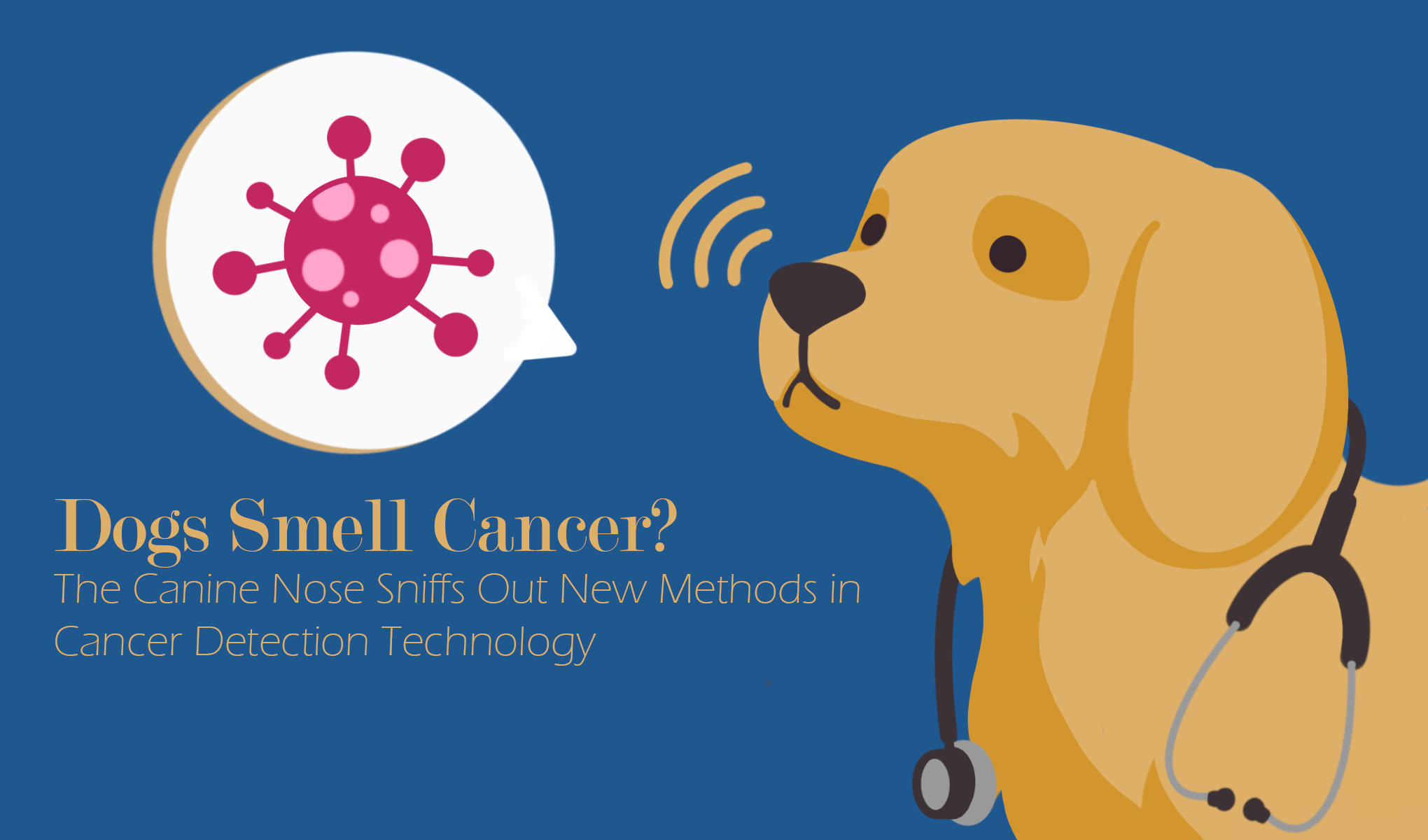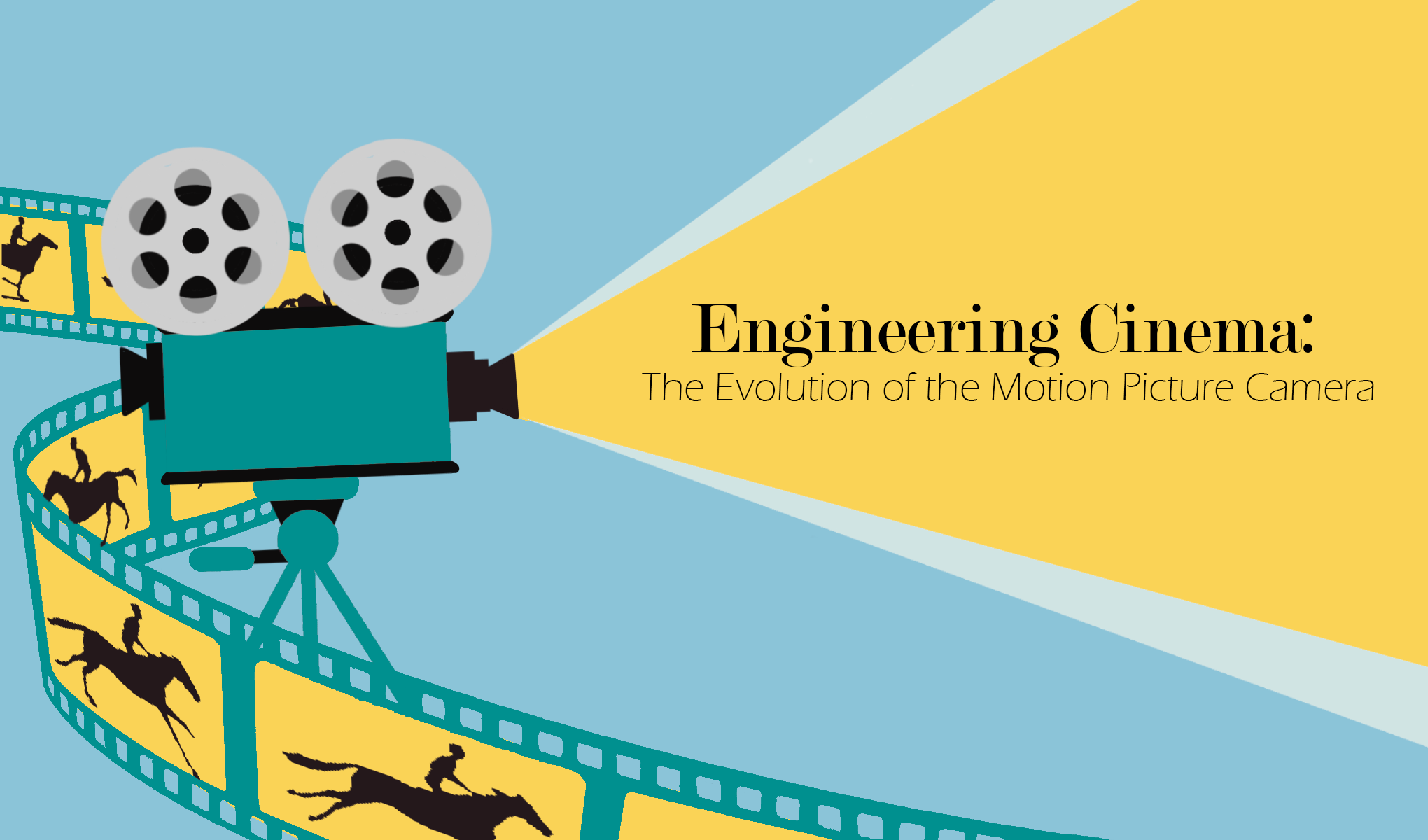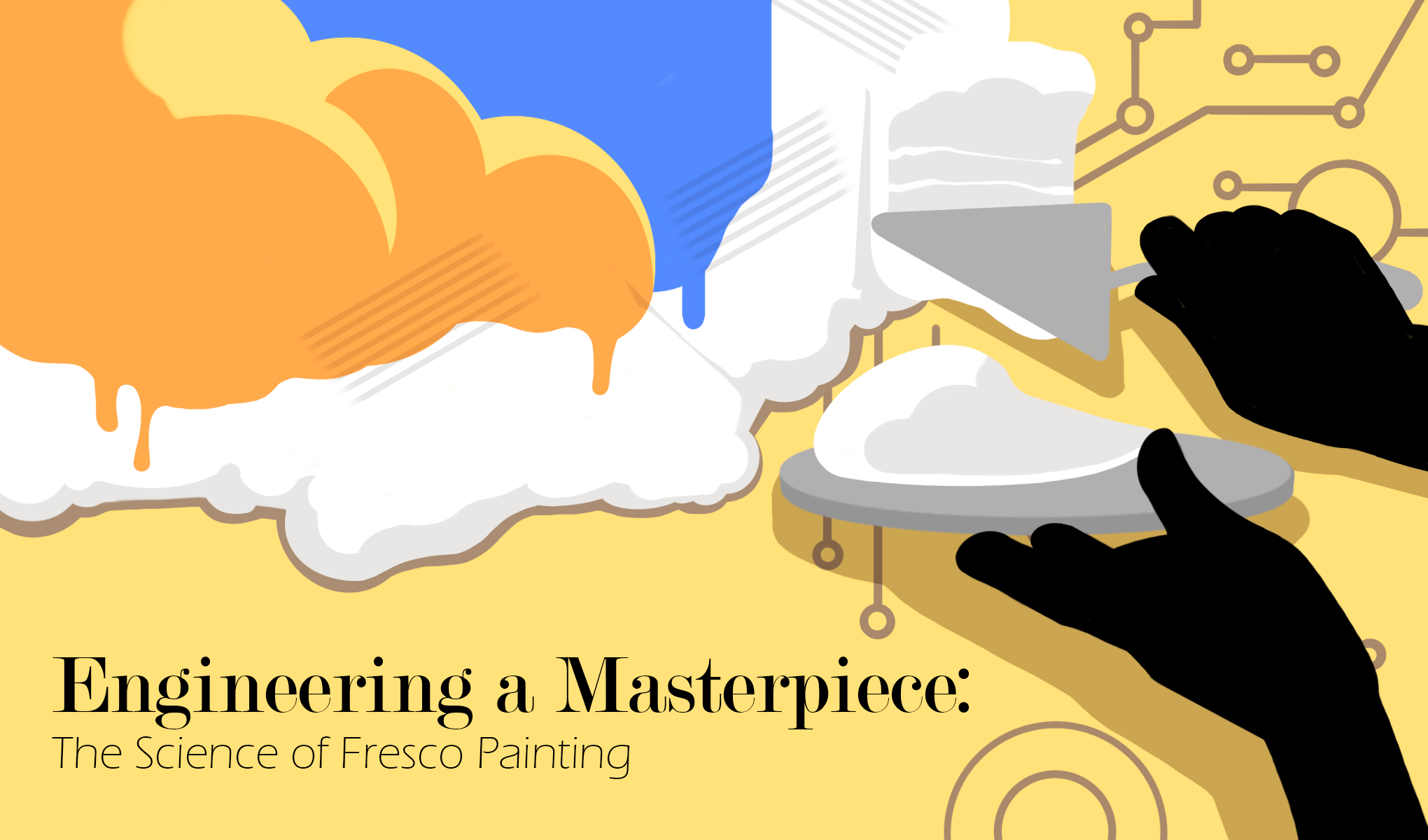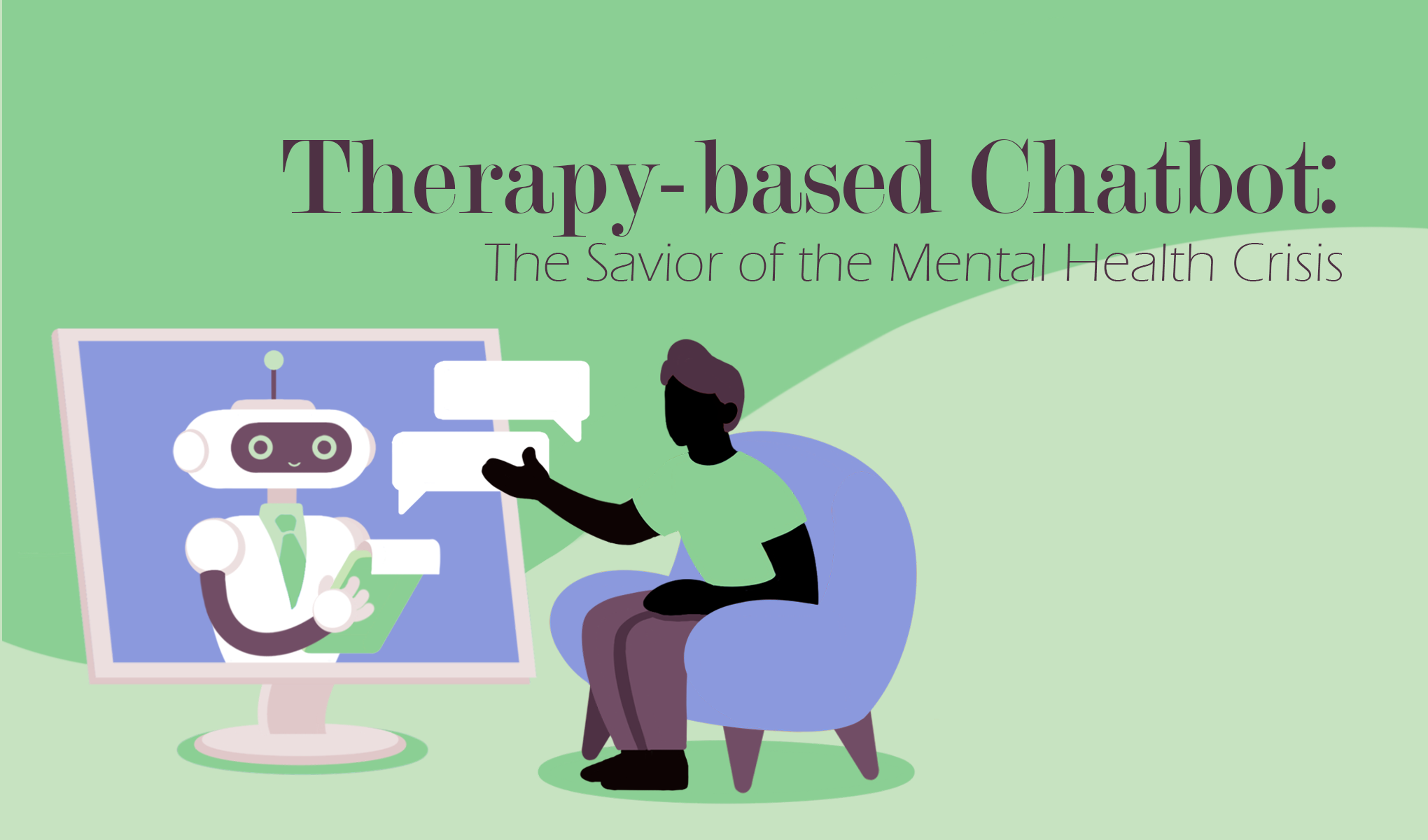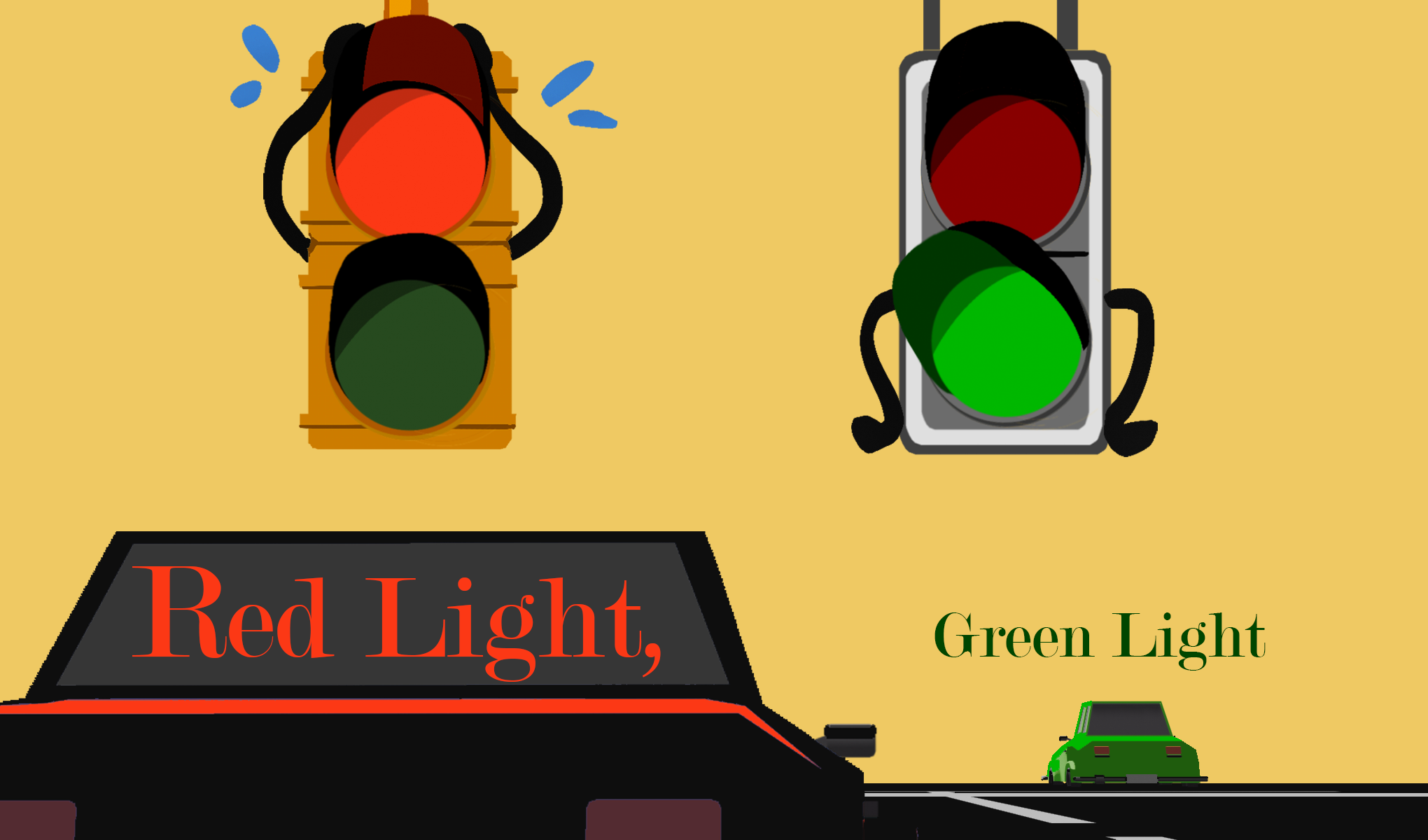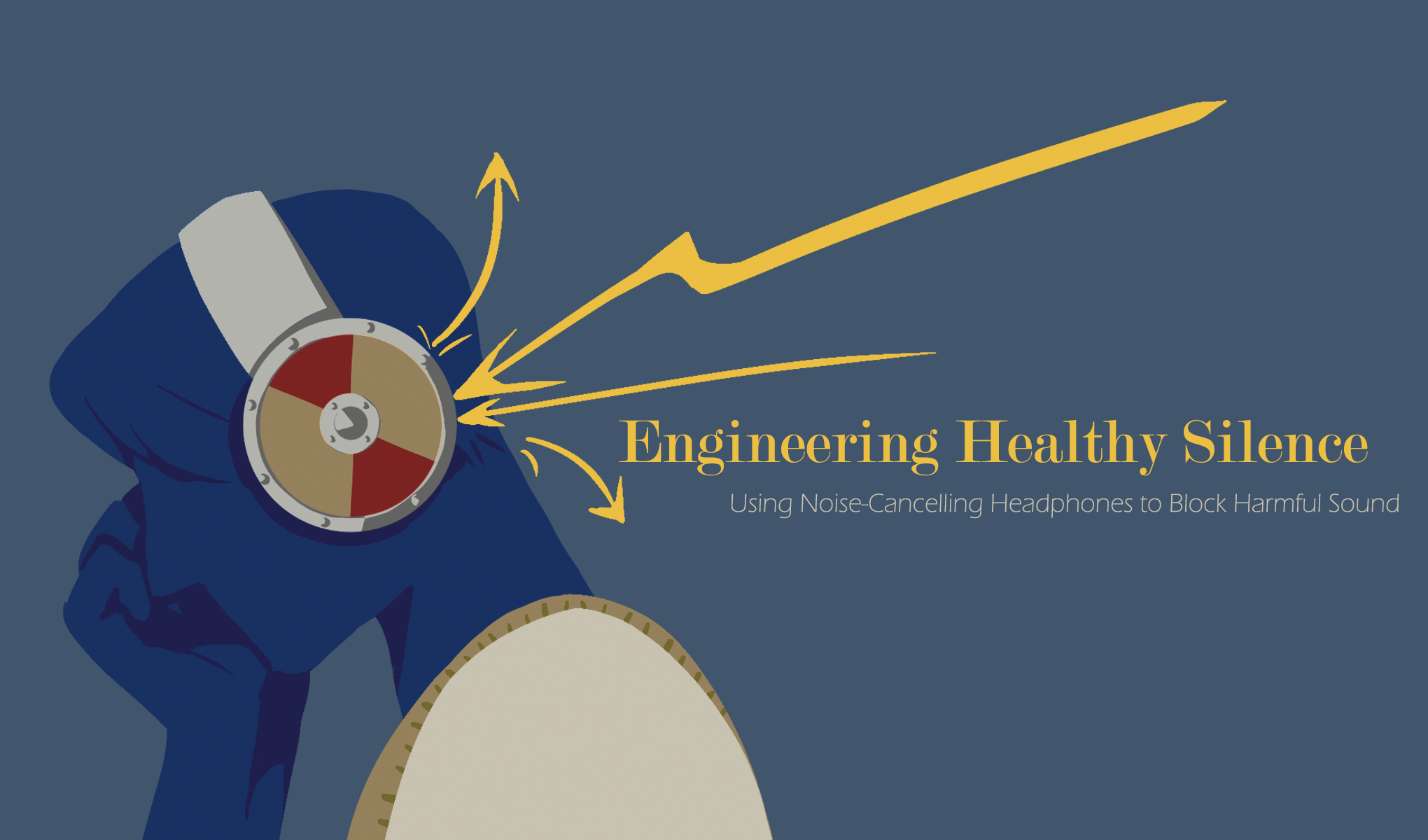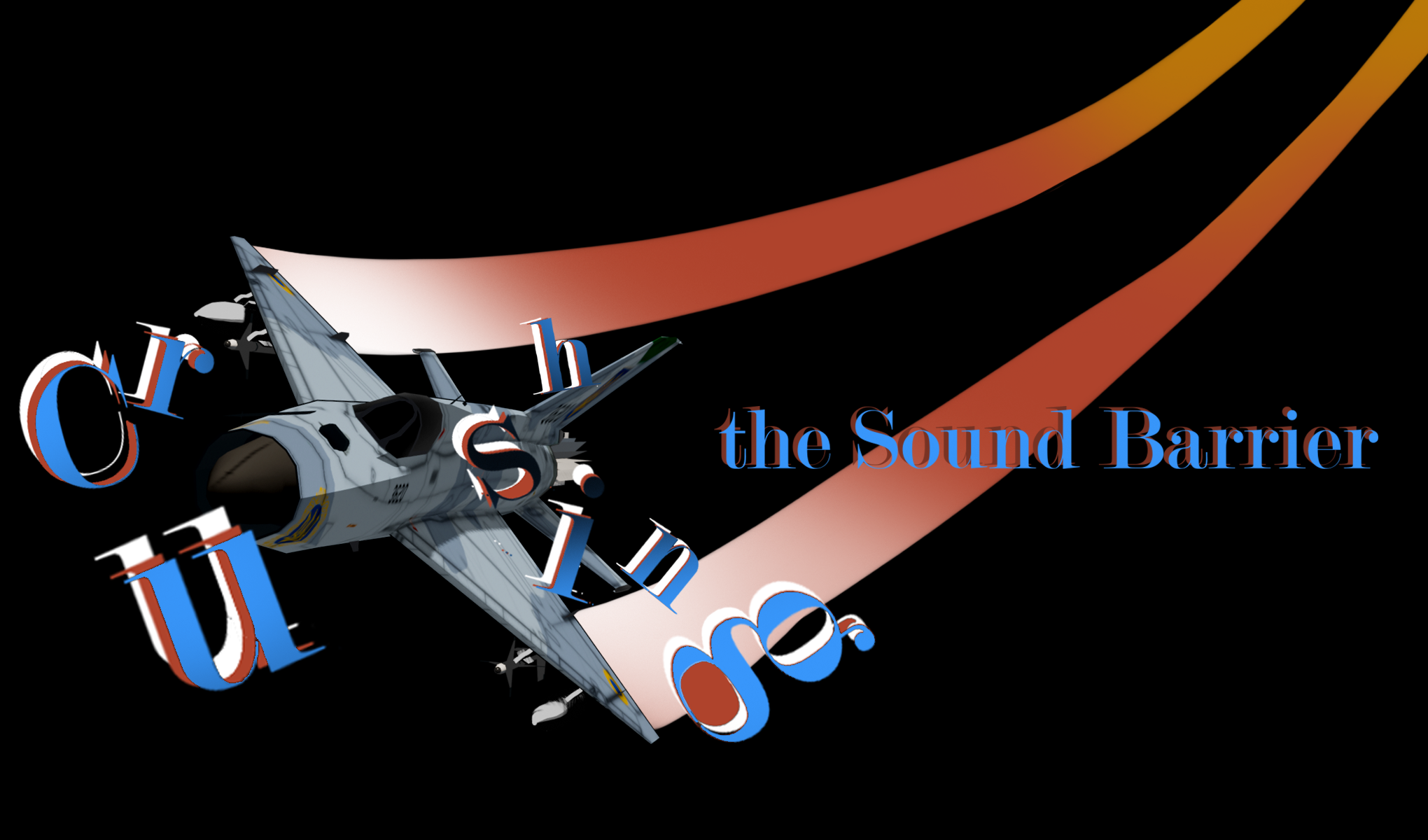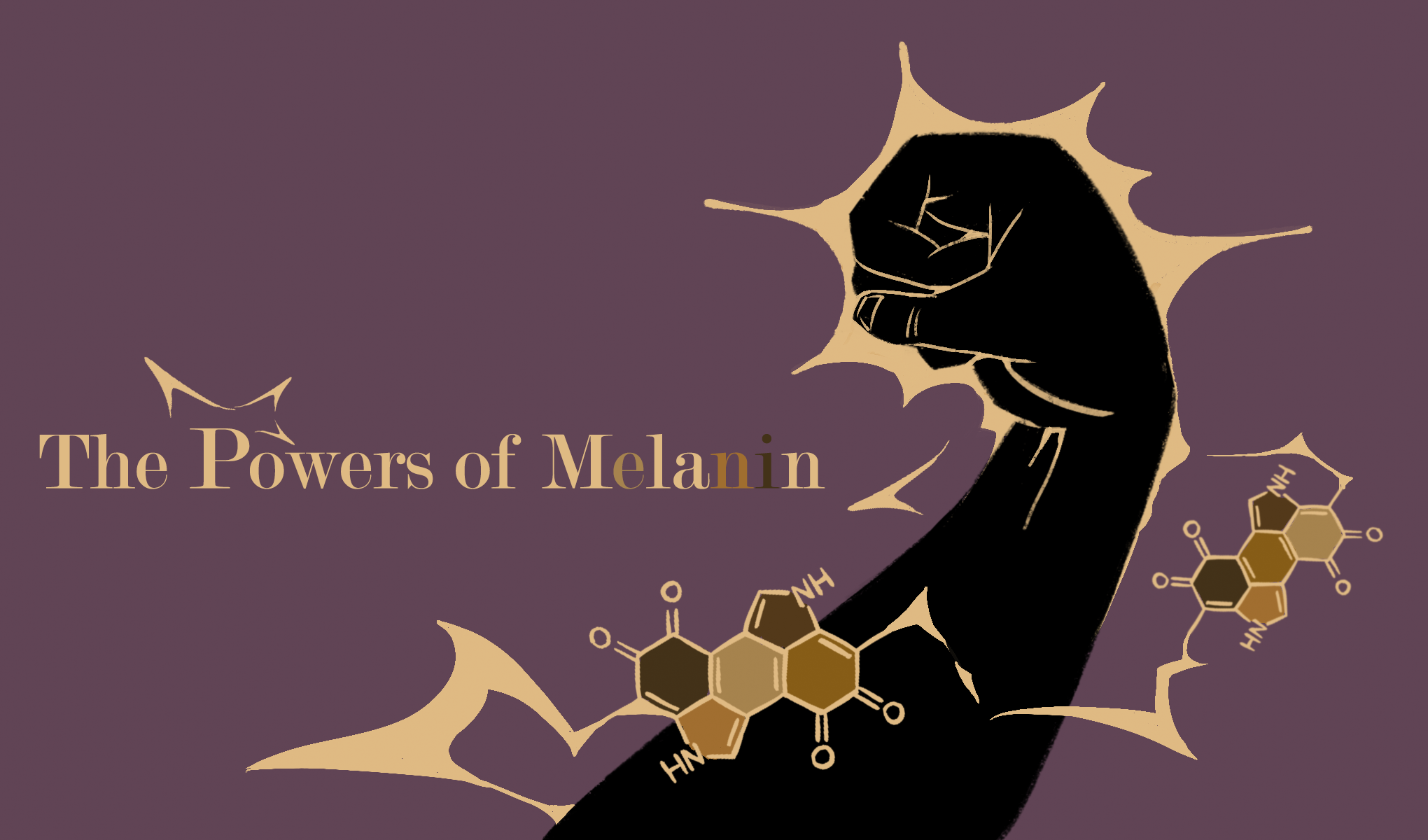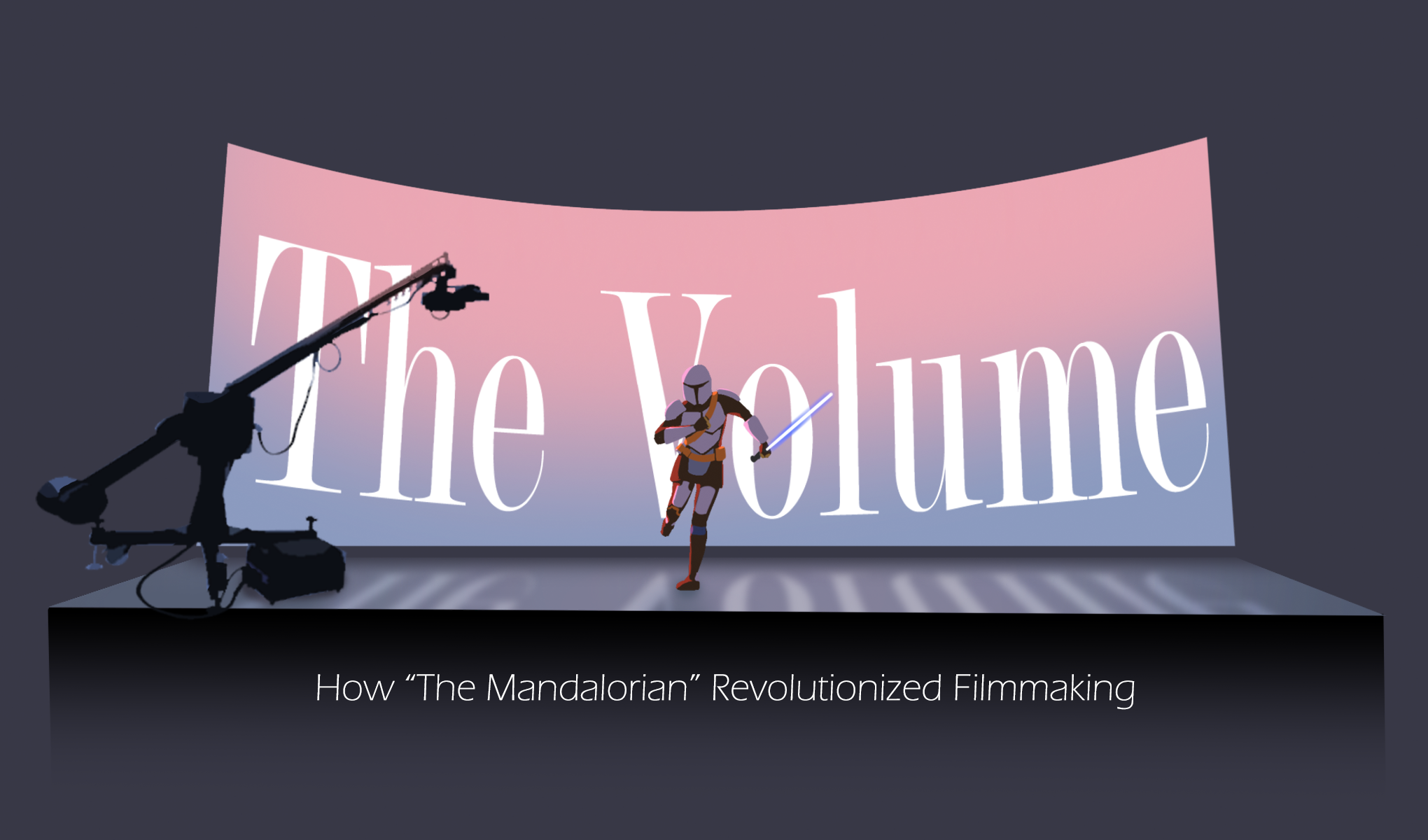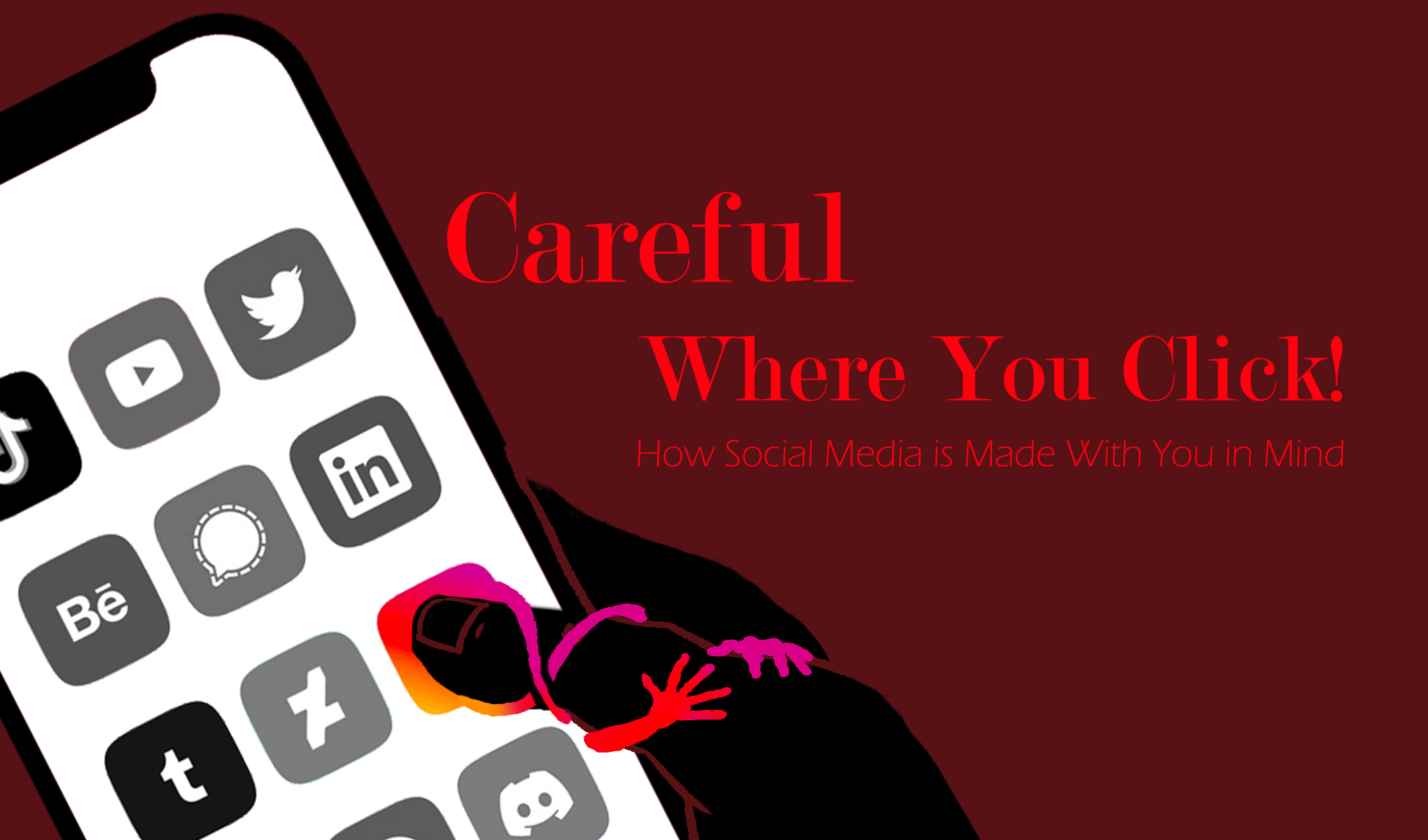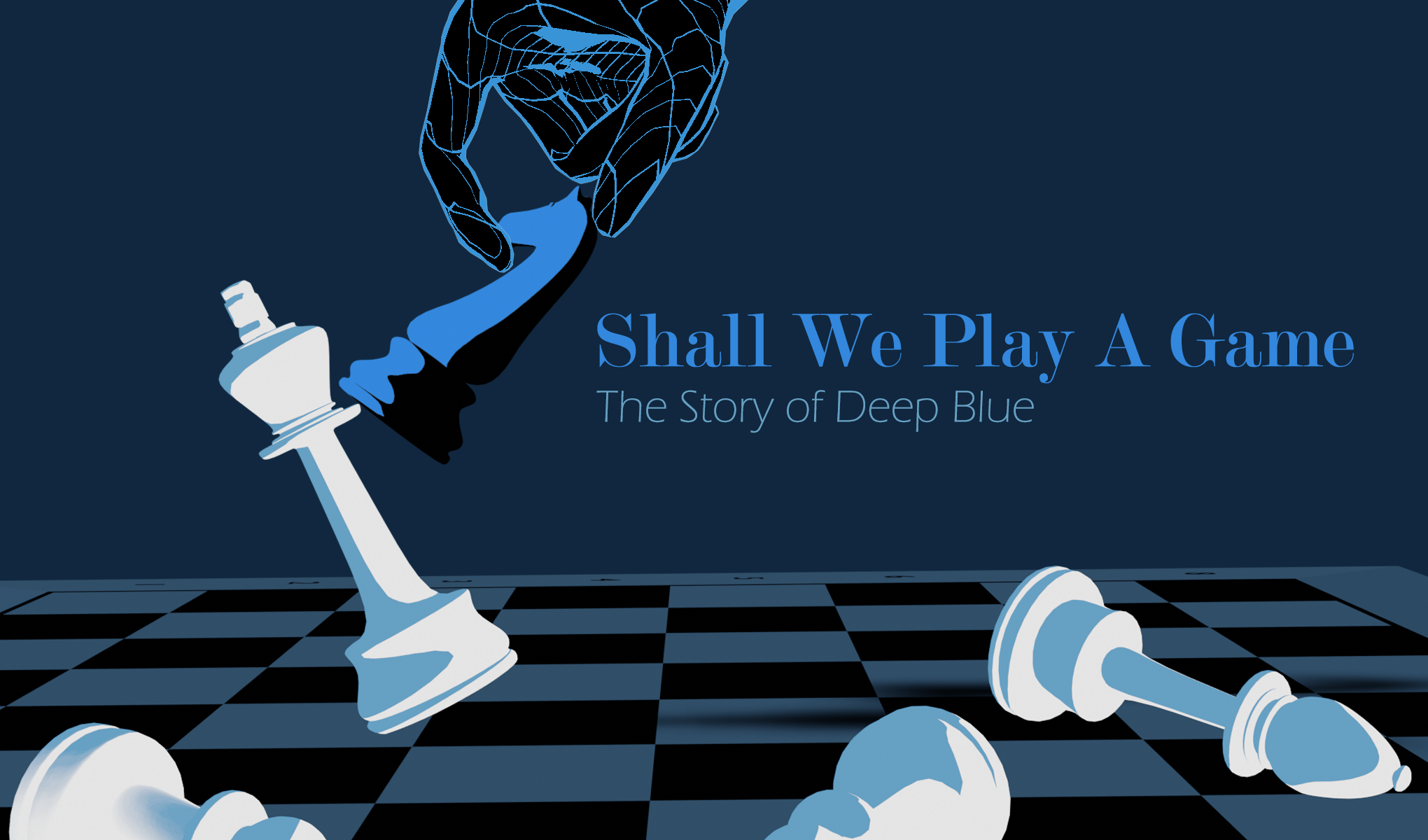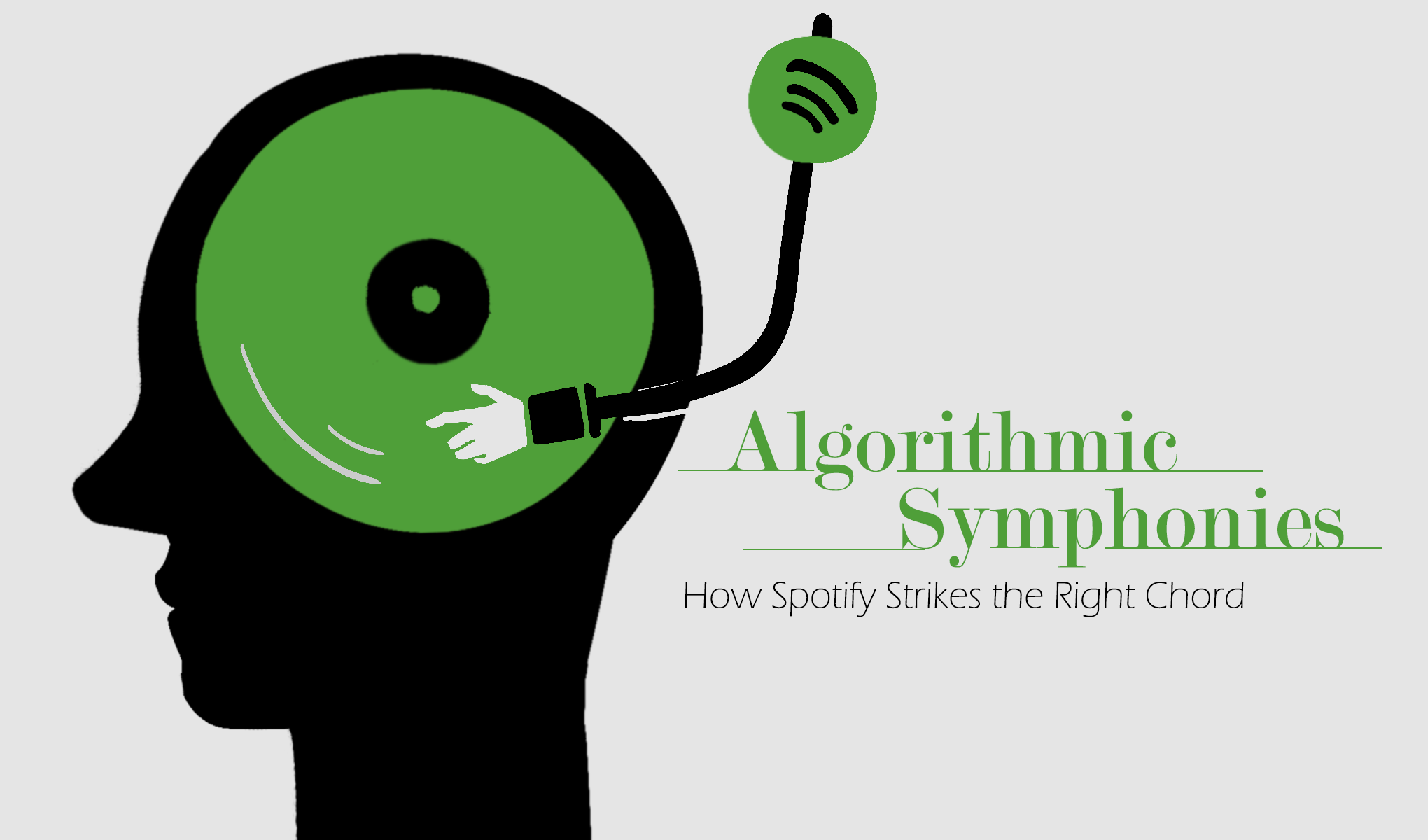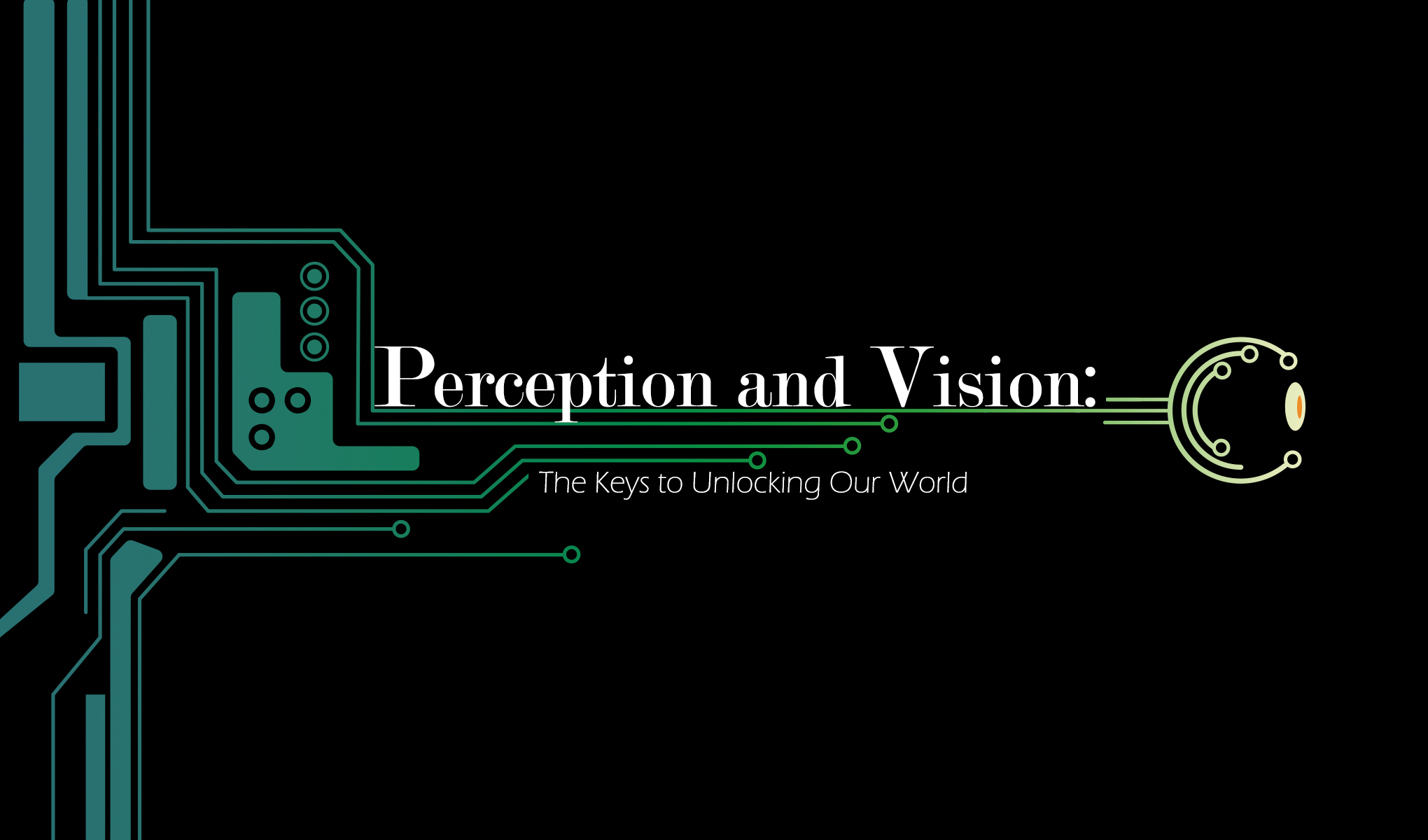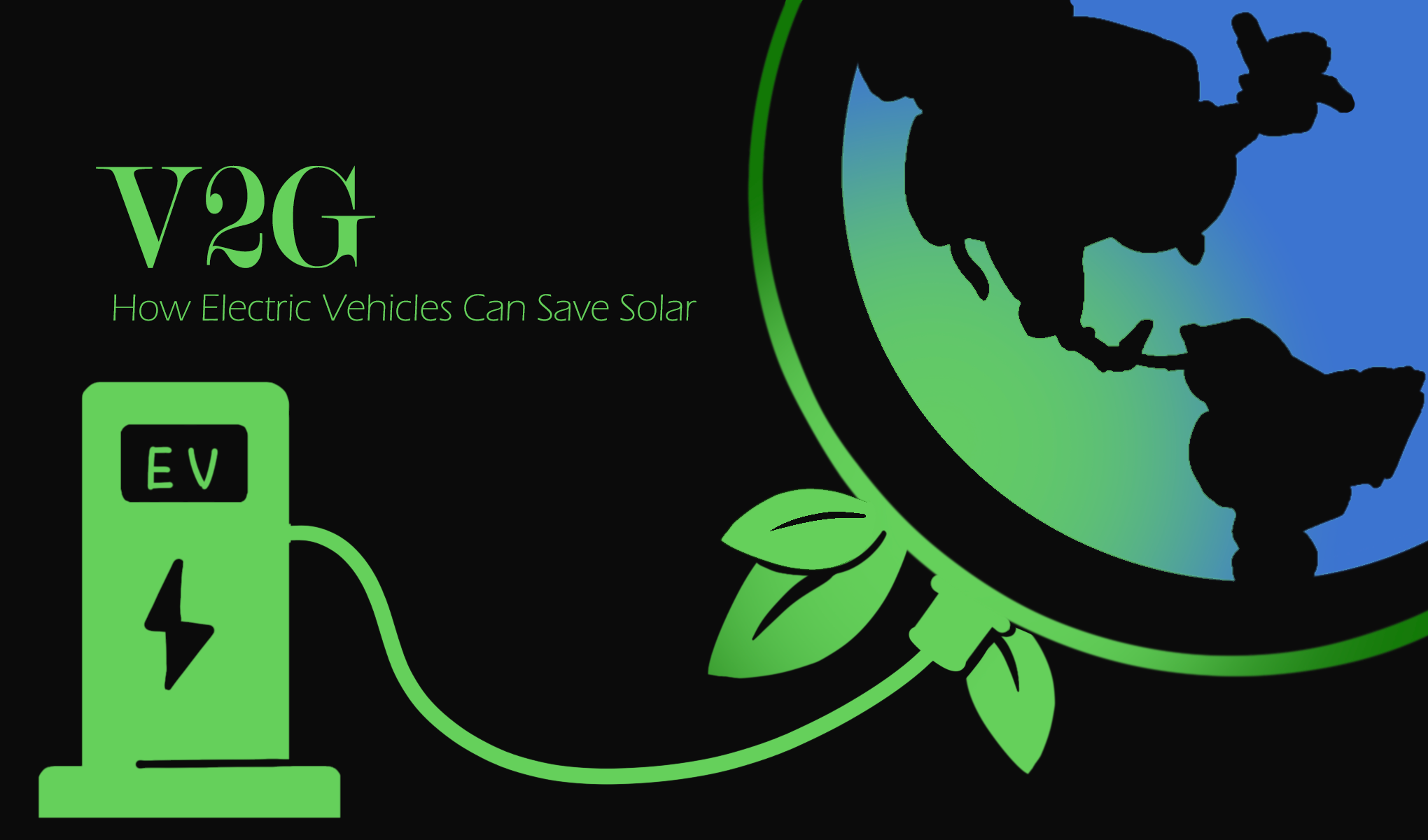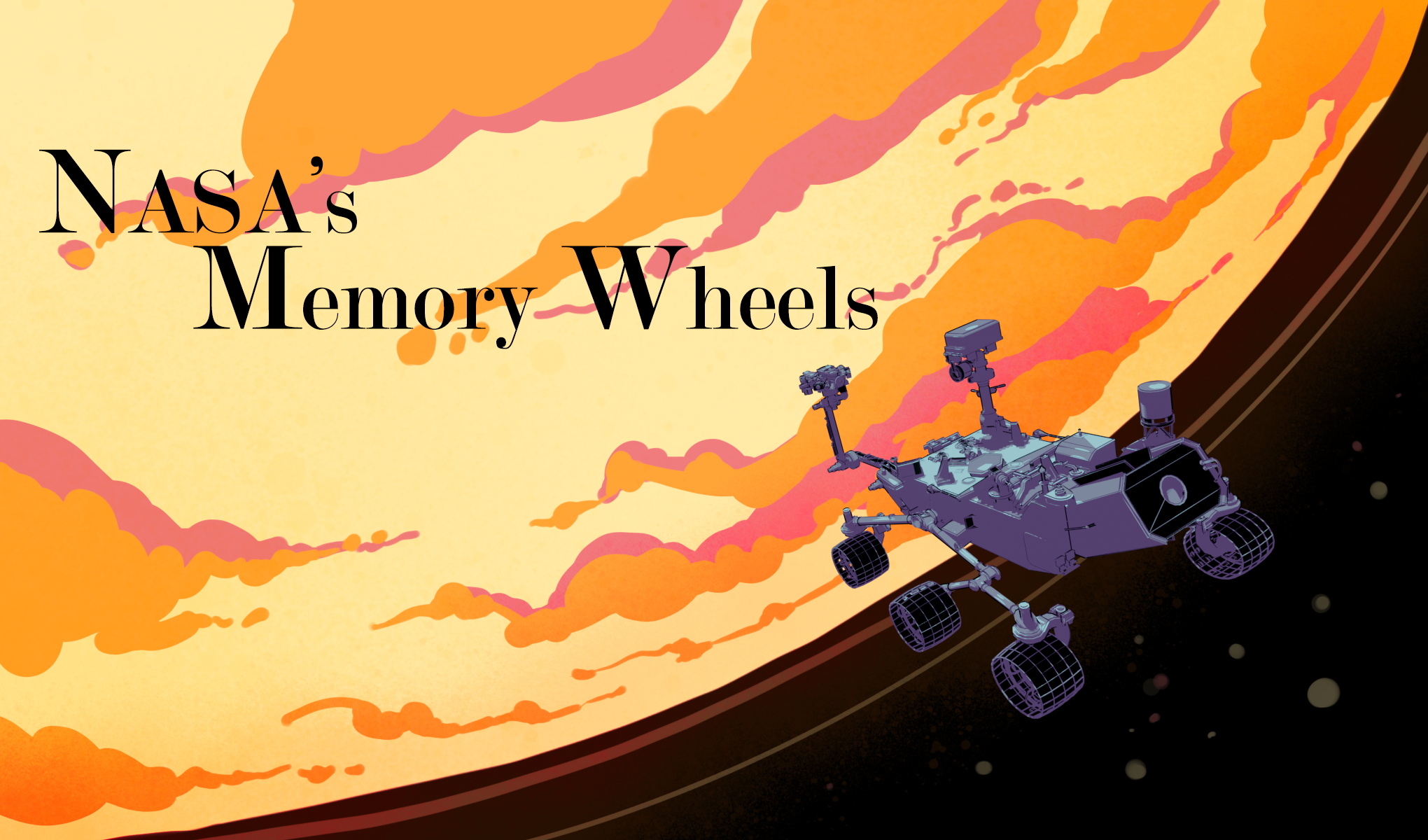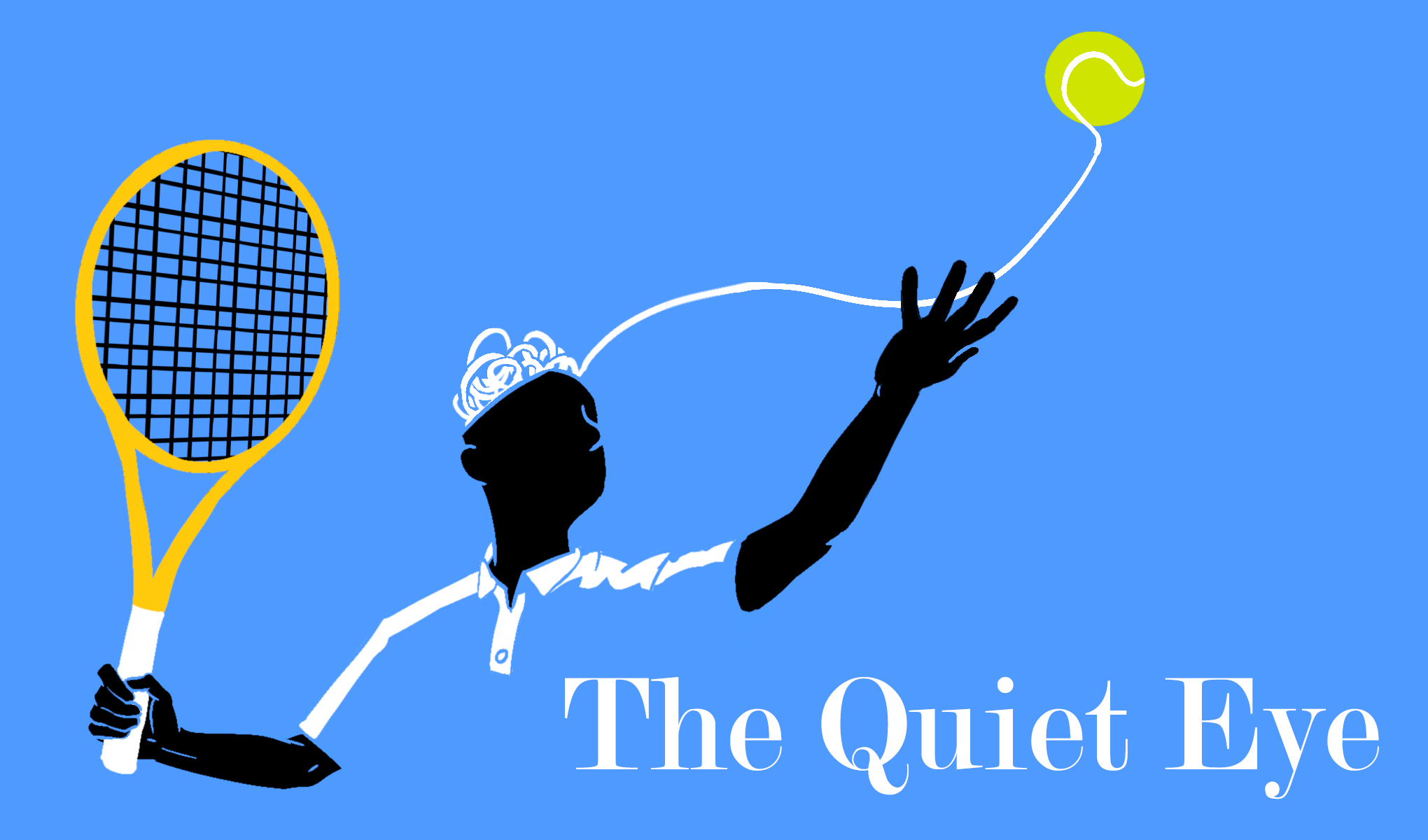Behind our daily navigation and interactions is the technology taking us from place to place and connecting us in the growing digital landscape. In this issue, we explore developments in technology taking us from one place to the next – through movement, across the web, and through music. Our first
Dogs Smell Cancer? – The Canine Nose Sniffs Out New Methods in Cancer Detection Technology
Category: Biomedical Engineering, Health & Medicine, Issue III, Volume XXIV
Abstract What happens when man’s best friend meets man’s worst enemy? Engineering efforts into canine scent detection have laid the groundwork for emerging disease diagnostic tools. A dog’s nose can sniff out cancerous organic compounds within a person. Olfactory screenings have revealed developments in cancer characterization that directly affect novel
Abstract The motion picture camera lies at the center of the film industry, but what lies inside this seemingly trivial invention? This modern device has its origins set in the fifth century BCE with the camera obscura – a dark room where light enters through a single pinhole – which
Shocking! – How Airplanes Defend Against Lightning
Category: Aerospace Engineering, Issue III, Mechanical Engineering, Volume XXIV
Keywords Airplane, Lightning Protection, Faraday Cage, Materials Engineering, Conduction, Weather Abstract When aircraft manufacturers began to transition from using metals to using composite materials, a new and significant flaw emerged in their designs – a deadly weakness to lightning. A series of passenger plane crashes resulted in the engineering
Abstract The Global Positioning System (GPS) evolved from the limitations of Transit satellites. GPS uses satellite data for trilateration to determine our location. The signals emitted from satellites are very weak, and this makes receivers susceptible to GPS spoofing: tricking the receiver into believing it’s somewhere it isn’t. Alternatives are
Engineering a Masterpiece: The Science of Fresco Painting
Category: Chemical Engineering, Issue III, Volume XXIV
Abstract: We often think of art and engineering as two distinct concepts – maybe even opposites. But the reality is that they are not mutually exclusive. In fact, in the world of fresco painting, chemistry and art intertwine to produce masterpieces that withstand the test of time and contribute to
Therapy-based Chatbot: The Savior of the Mental Health Crisis
Category: Health & Medicine, Issue III, Issue III, Volume XXIII
Abstract: The world is in a mental health crisis in which the number of people who need mental health services far exceeds the amount of people who are able to provide it. One way to address this issue is through the use of therapy-based chatbots. Modern therapy-based chatbots utilize a
peeterv // Getty Images Abstract Traffic light sensors have an important role in guiding motor vehicles and pedestrians safely to their destinations while also clearing traffic congestion as efficiently as possible. As roadway vehicles are the primary source of transportation in nearly every country, many engineers and scientists have
Engineering Healthy Silence: Using Noise-Cancelling Headphones to Block Harmful Sound
Category: Issue II, Mechanical Engineering, Music
Abstract Long-term exposure to rising environmental noise levels has detrimental health impacts. Active-noise cancellation (ANC), specifically ANC headphones, may provide a solution to alleviate the effects of noise on our lives. ANC employs a principle called superposition to add and effectively cancel two sound waves. ANC technology relies on
Introduction Imagine taking off from the airport and flying across the world in one or two hours instead of twenty. This goal has inspired some of the most tantalizing innovations in the modern age. The thrill of seeing a fighter jet take off and zoom across the sky, disappearing
Abstract The molecule in humans that pigments our physical features, called eumelanin, has been known to have electrical properties. Now with advanced technology, there have been groundbreaking studies that have resulted in forms of melanin that have practical conductivity levels. Researchers suggest that the superconductive and semiconductive properties of the
E-Ink Technology: the Secret Behind Kindle Introduction Would you ever consider buying a new tablet if it was twice the price, half the reaction speed, and only a black-and-white display? The 12.9-inch iPad Pro with the latest M2 chip starts at $1099, and the regular 10.9-inch iPad (10th generation)
Scent Technologies: The Good, the Bad, and the Stinky
Category: Biomedical Engineering, Health & Medicine, Issue II
Abstract Olfaction, or our sense of smell, is one of the least explored human senses. Despite this, many scents seem universal: burnt popcorn, spoiled milk, or a freshly-baked cookie. When we smell something, small chemicals reach the olfactory neurons in our nasal cavities from one of two paths: either directly
The Volume: How “The Mandalorian” Revolutionized Filmmaking
Category: Entertainment, Issue I, Volume XXIV
We go to the movie theater expecting to be tricked into believing a story that takes place in another world often beyond our imagination. But we’ve all seen the behind-the-scenes look at our favorite films of the actor or actress we love standing in front of a green screen with
Careful Where You Click! How Social Media is Made With You in Mind
Category: Computer Science, Entertainment, Issue I, Volume XXIV
Abstract As the basis of app design, User Interface User Experience (UI/UX) is aimed to make platforms appealing to users. The UI/UX design of a social media app plays a significant role in attracting and retaining users, and even influencing their behavior. For this reason, much of UI/UX is based
Shall We Play A Game: The Story of Deep Blue
Category: Computer Science, Electrical Engineering, Issue I, Volume XXIV
Abstract. Deep Blue was a chess computer built by IBM in the late 20th century. Its development and victory against world chess champion Garry Kasparov was a landmark achievement in the field of computer science. The creation of a machine that had surpassed humanity’s ability to play chess well could
Algorithmic Symphonies: How Spotify Strikes the Right Chord
Category: Entertainment, Issue I, Volume XXIV
Abstract: This article explores Spotify’s recommendation algorithm, including how it has revolutionized the music industry, and the machine learning techniques it uses, such as collaborative filtering, hybrid recommendation, and feedback loops. Through a discussion regarding the importance of data collection and the role it plays in the success of Spotify’s
Perception and Vision: The Keys to Unlocking Our World
Category: Computer Science, Issue I, Volume XXIV
Introduction Think about what you were doing twenty minutes ago. Perhaps you were walking from class to class on your college campus and saying “hi” to friends as you saw them walk by. Maybe you were playing basketball at the gym and perfecting your three-pointer. Or maybe you were replying
It’s the weekend after Black Friday. You spontaneously remember that you forgot to find a Christmas gift for your best friend. Inspiration strikes. Your friend is part of the record hobby revival trend. To be sure that your gift arrives on time, you scramble to your laptop, enter your credit
Abstract: The electric grid has recently been under duress. While lots of electricity is generated in the afternoon, demand is higher in the evening as people turn on their high-energy appliances. This problem has been worsened by extreme weather and the rise of solar energy. As millions of electric cars
Quantum Dots and Your Vacation: Illuminating the Virtual Reality Displays of the Future
Category: Issue III, Physics, Volume XXIII
Key Words: Quantum Dot Display | Quantum Dot Light Emitting Diode | Virtual Reality | Semiconductors | Abstract: Quantum mechanics is often perceived as a theoretical science that is outside the scope of our everyday lives. However, it is the driving factor behind the creation of semiconductor materials that
NASA’s Memory Wheels
Category: Aerospace Engineering, Issue III, Mechanical Engineering, Physics, Volume XXIII
Abstract: Space exploration is a dangerous yet necessary endeavor humanity must take on to ensure its survival as a species. The conditions in outer space and on other planets are hostile and utterly different from the ones on earth; for humans to survive outside our planet, everything must be reinvented.
Physical Training in Athletes Professional athletes are seen as the epitome of excellence in sports. To reach such status, athletes train for years, sacrificing family time, holidays, and many other monumental memories. They test their bodies by pushing themselves to their physical limits. Michael Jordan, a legendary basketball player, was

